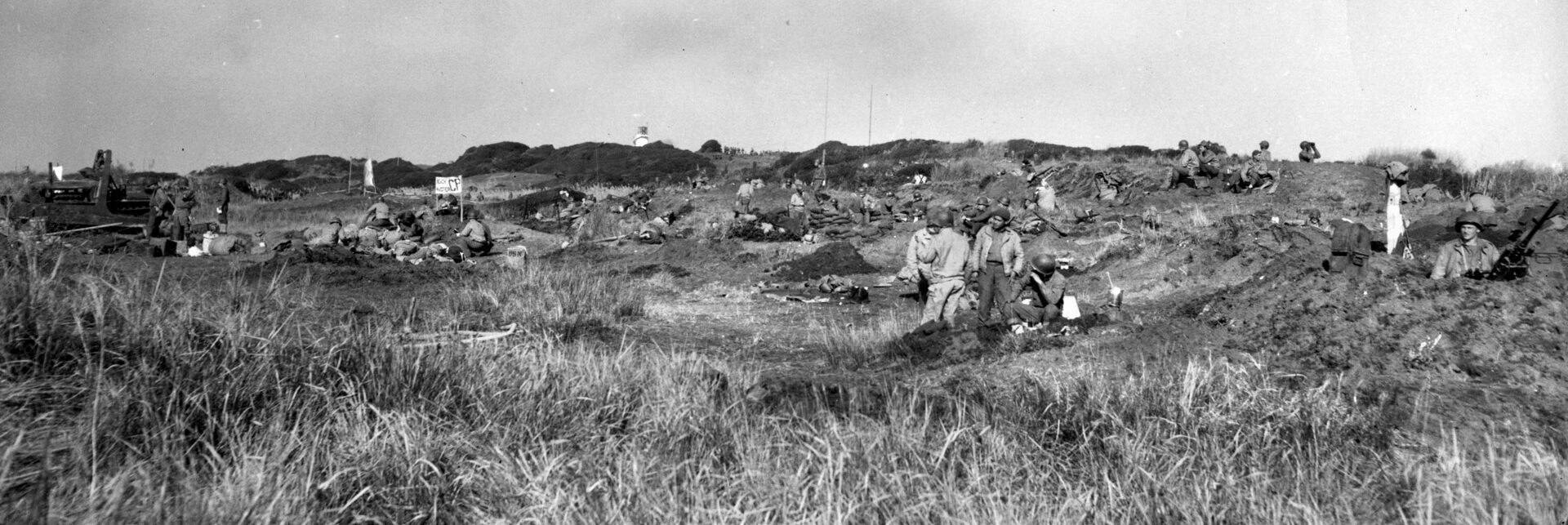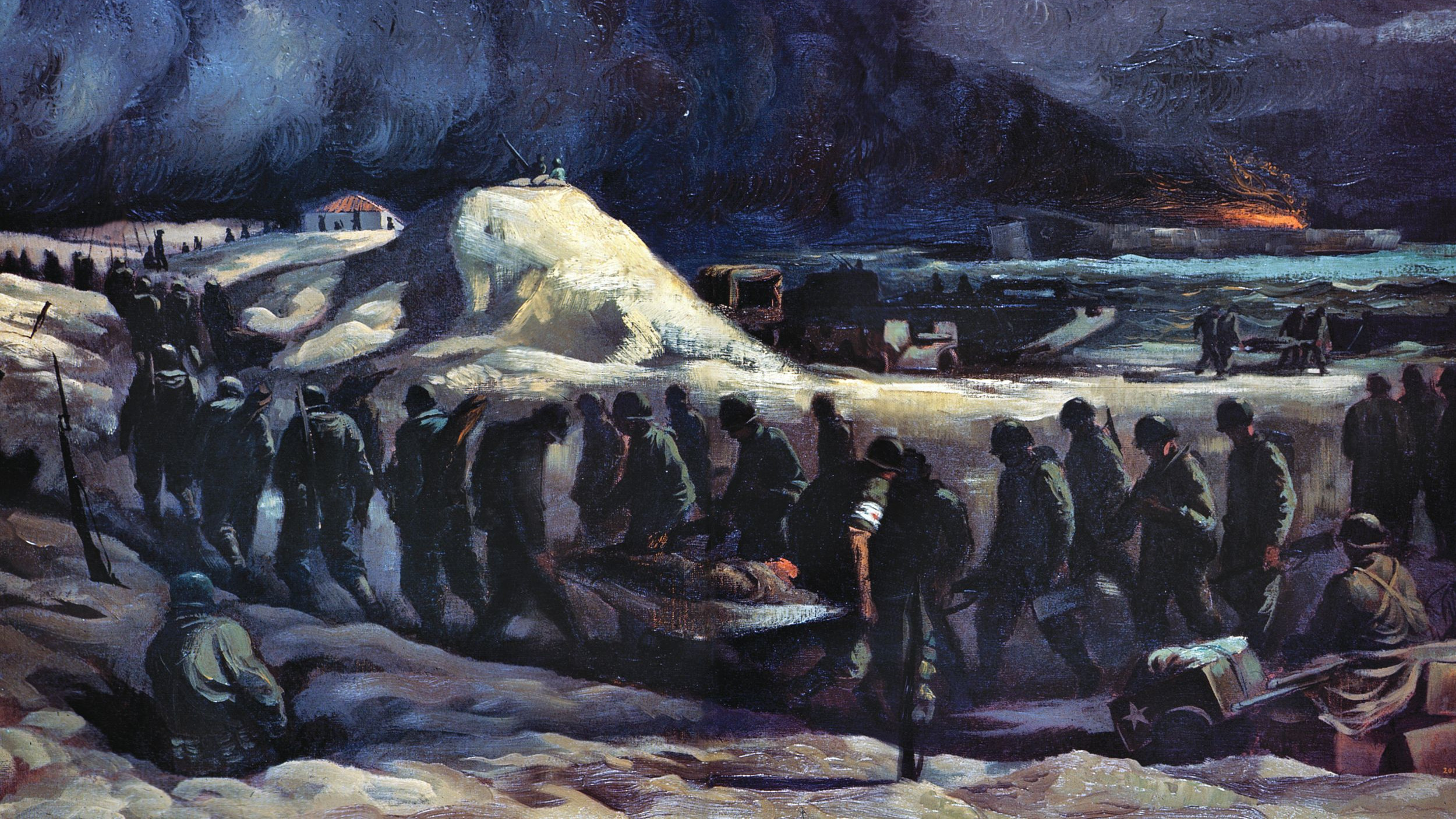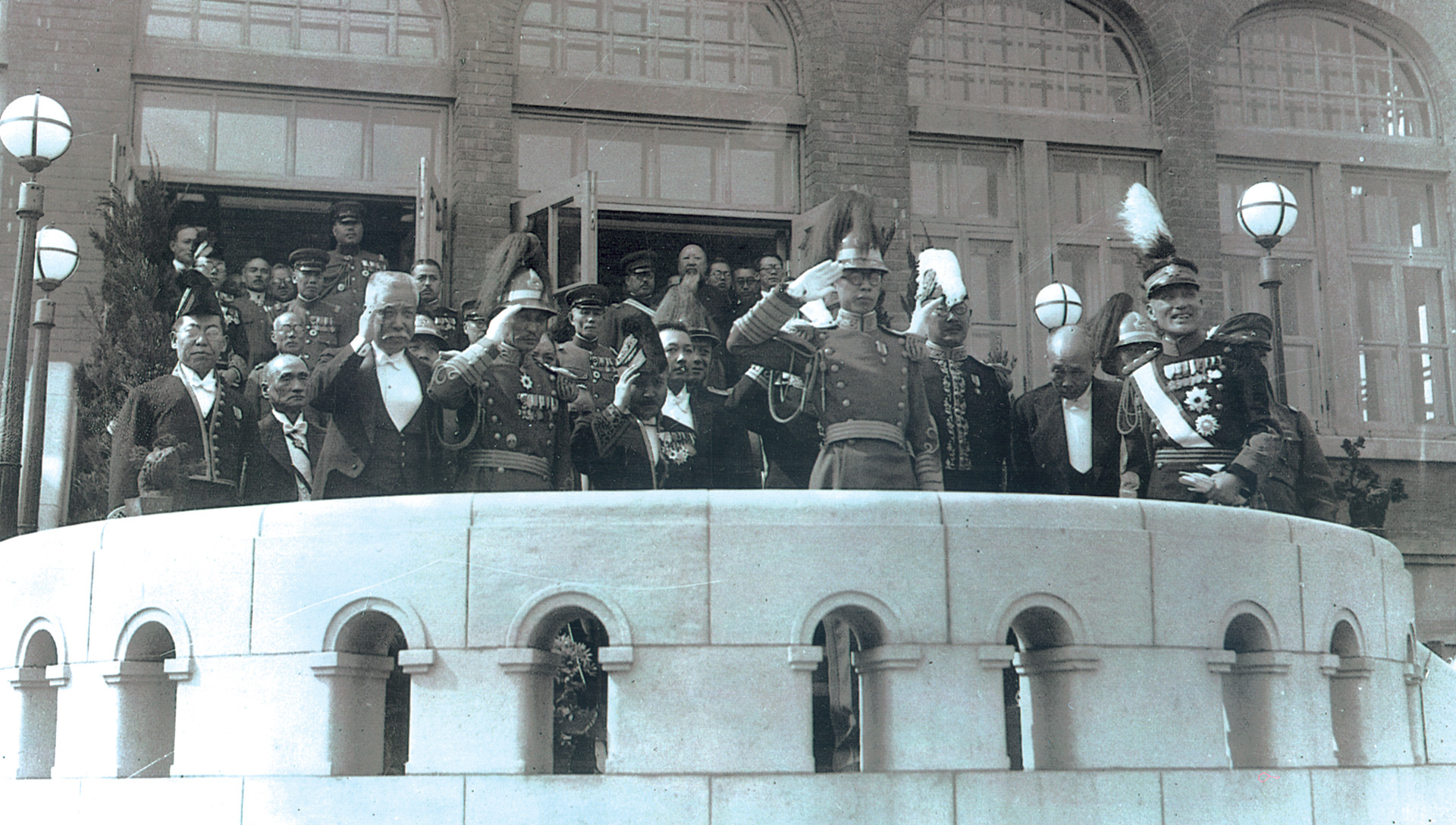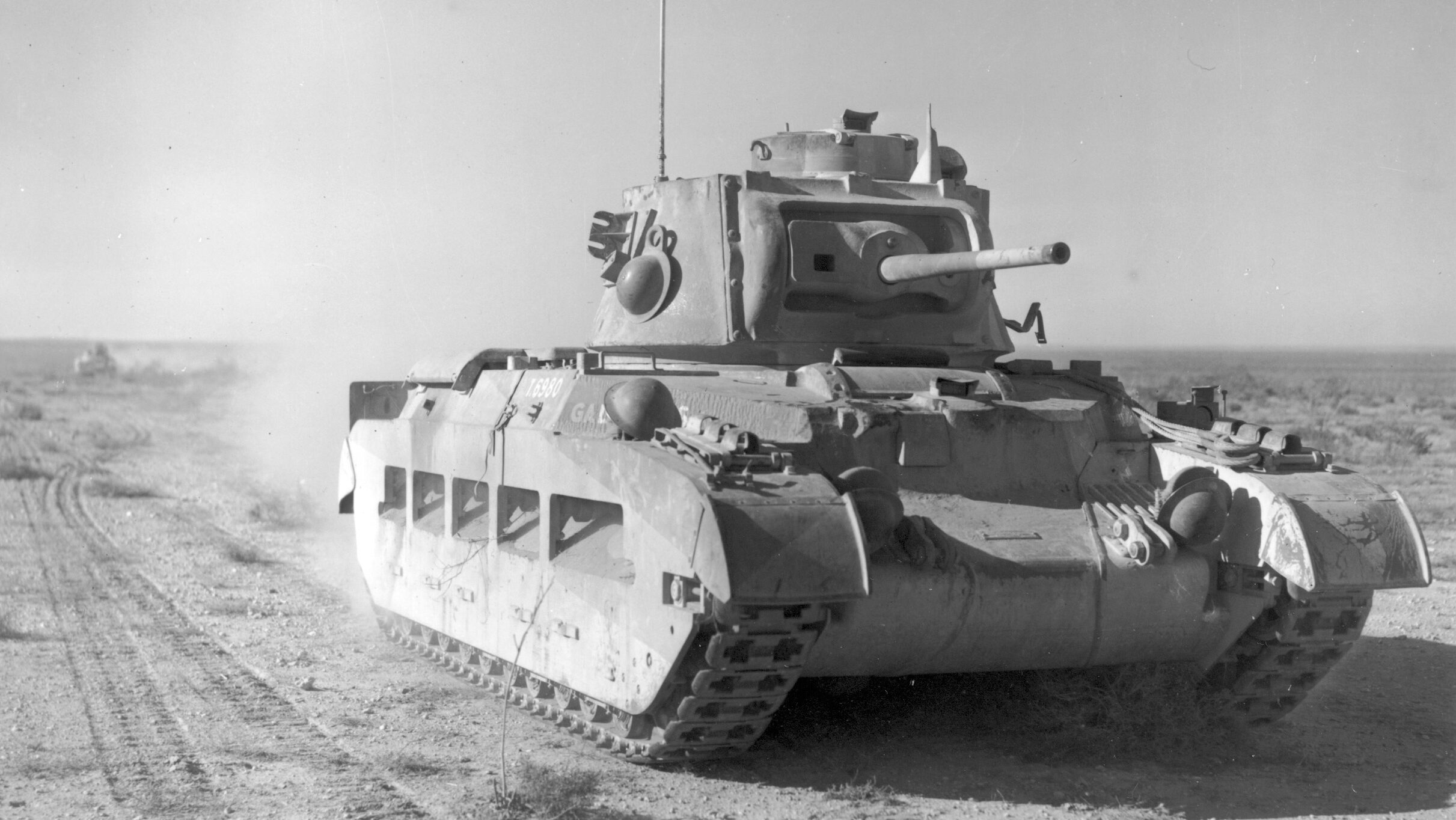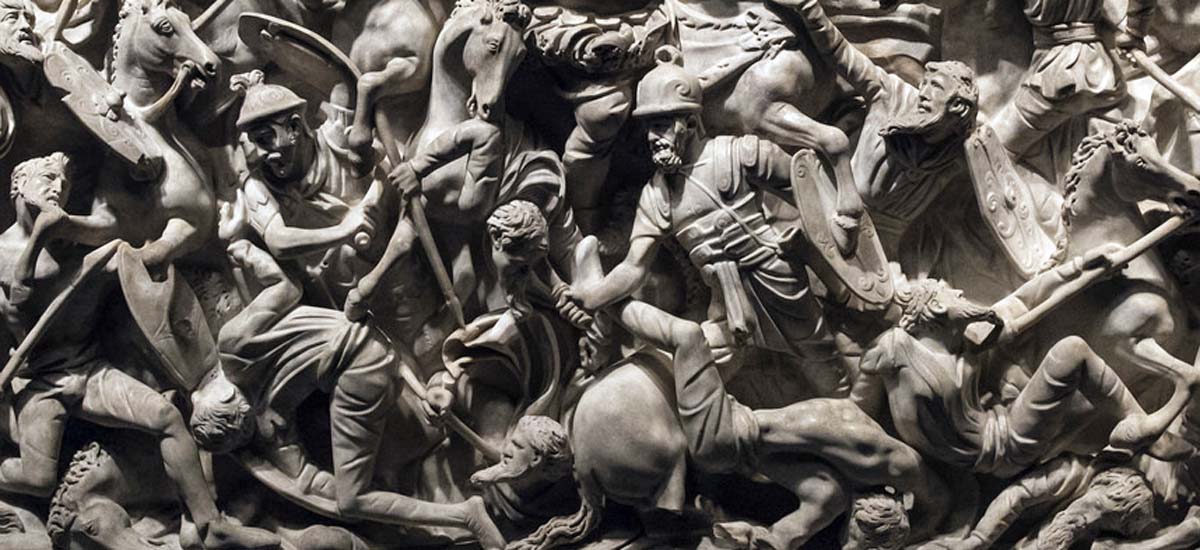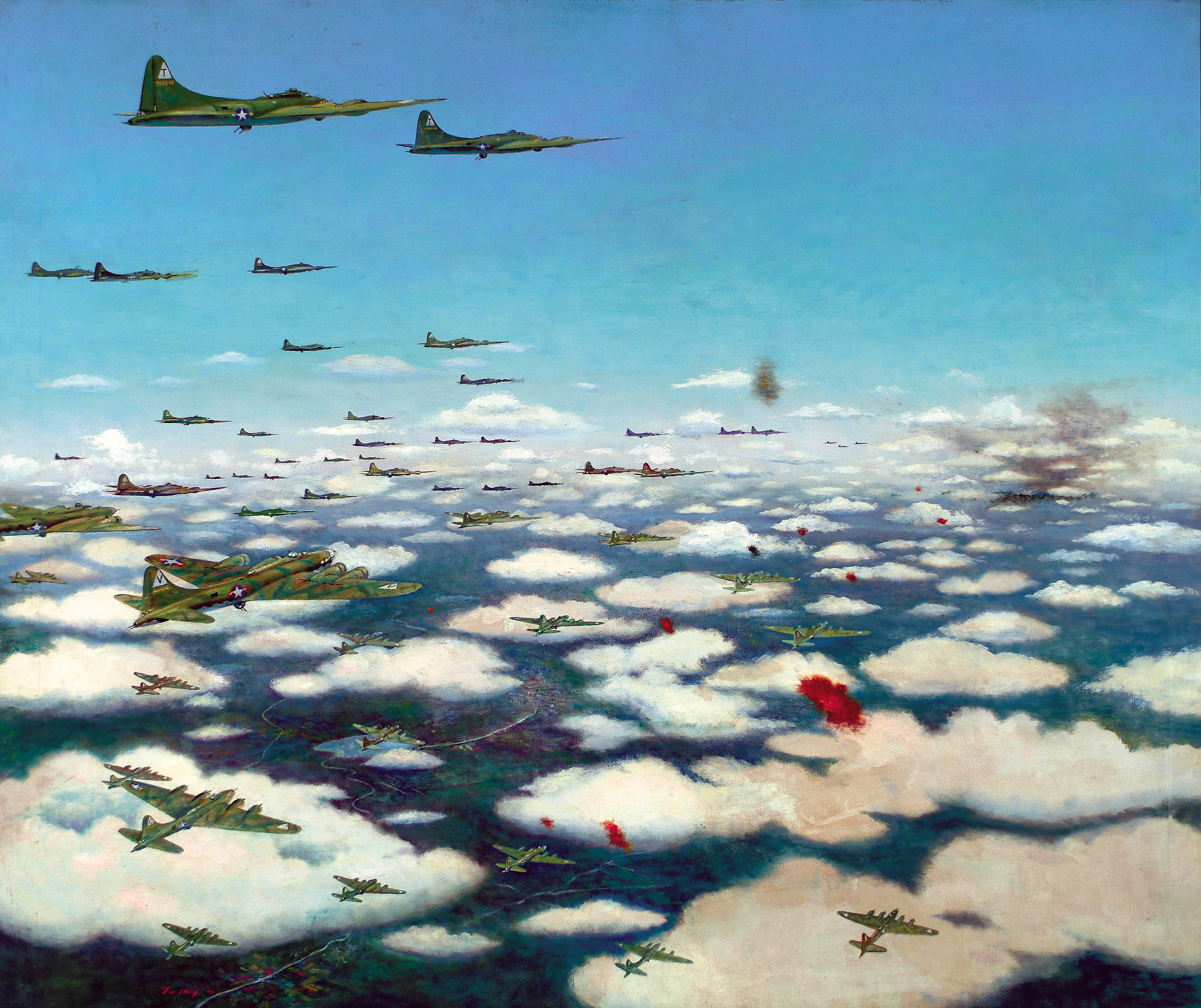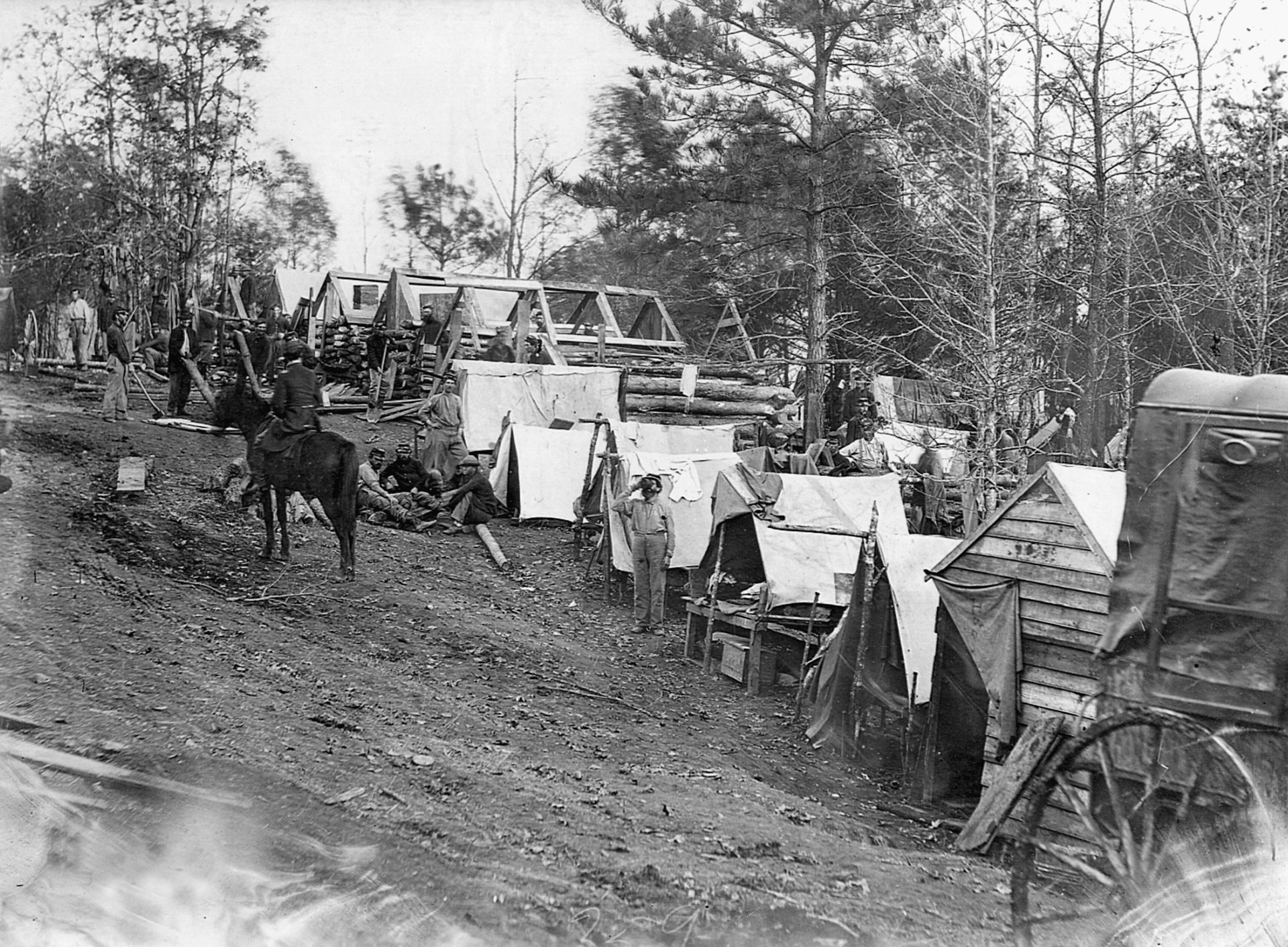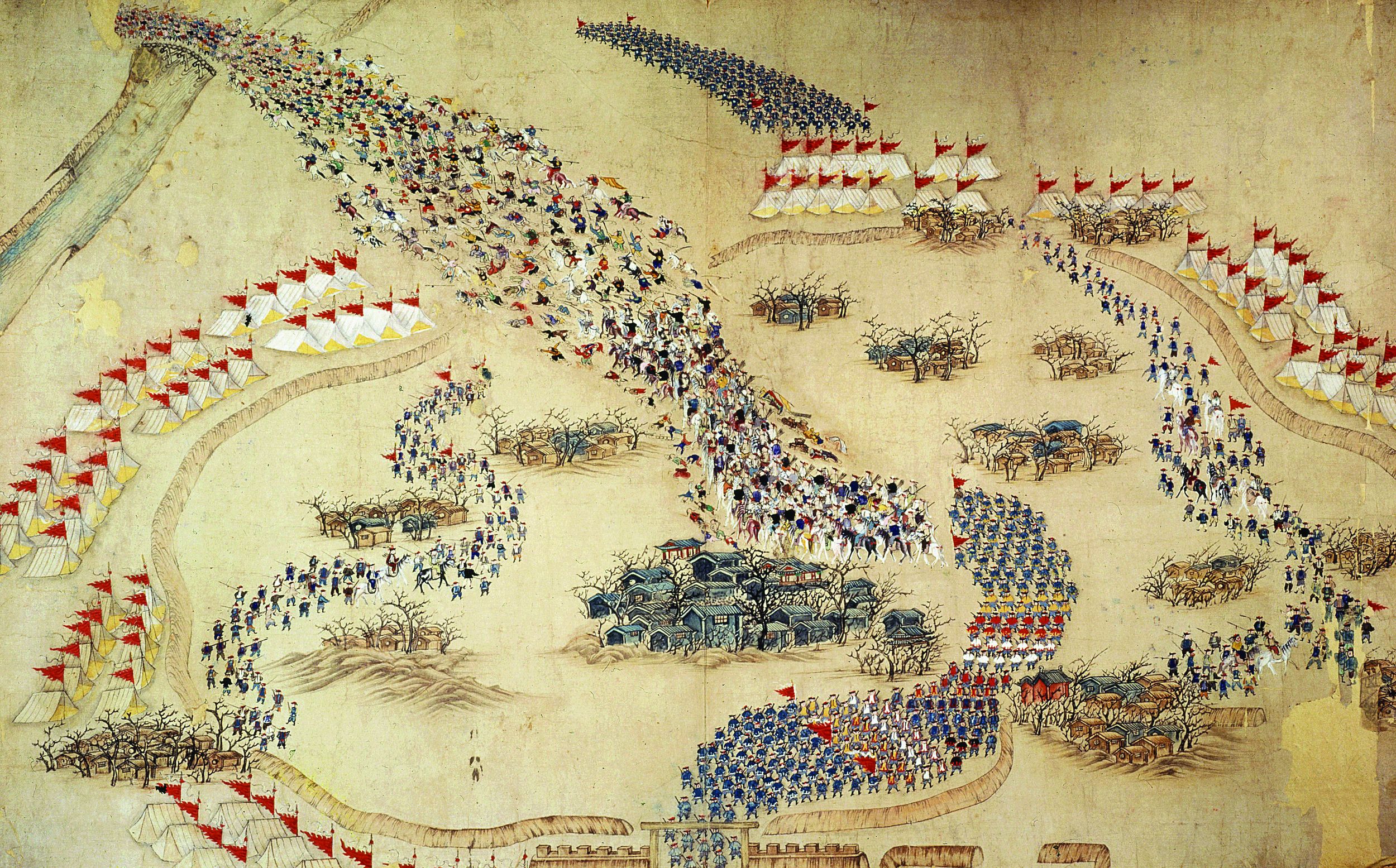To this day, controversy continues to swirl around Operation Shingle and its agonizing aftermath. The Allied landings at Anzio, intended to outflank the German Gustav Line in Italy, occurred in January 1944. Instead of resulting in a lightning thrust toward Rome, the Eternal City and capital of fascist Italy, the Anzio beachhead became a crucible of death and destruction as Allied forces were essentially bottled up for more than four agonizing months.
While the U.S. VI Corps, commanded by General John P. Lucas, fought desperately to prevent the Germans from throwing them into the Tyrrhenian Sea, the Americans mounted several efforts to expand the beachhead and break the German grip. Each one was repulsed, and at the same time German counterattacks were blunted and driven back. Losses were heavy on both sides, and not until Operation Diadem was launched in mid-May did the Allies break out of their lodgment at Anzio.
During those dark, harrowing days at the beachhead, acts of heroism were commonplace, and so were command failure, ineptitude, and tragedy. For the American forces, no setback was more devastating than the defeat of the U.S. Ranger foray against the town of Cisterna. At the end of January, General Lucas set in motion an attempt to break out of the beachhead and designated the 1st and 3rd Ranger Battalions along with a platoon of the 3rd Reconnaissance Troop to seize and hold the town in advance of the main thrust that would come to their relief.
The Battle of Cisterna occurred January 30-February 2, 1944, and resulted in the deaths of 311 Rangers while 450 were taken prisoner. Bear in mind that these losses represented just over 99 percent of an original force numbering 767 men. Only six Ranger survivors and one member of the 3rd Recon Troop were able to extricate themselves from the debacle and return to American lines.
The Rangers, under the command of Colonel William O. Darby, moved out under cover of darkness at 1:30 am on the night of January 30-31. Moving in column along a drainage ditch, they approached the German positions, bypassing several, until they reached open ground. Coming under heavy fire, they were assaulted by elements of the enemy Hermann Göring Panzer Division and the 715th Infantry Division supported by at least 17 tanks. Apparently, they had run into a well-planned ambush.
For the next seven hours, the Rangers fought for their lives. Major Jack Dobson, commanding the 1st Battalion, personally shot the commander of one tank and dropped a white phosphorous grenade down its hatch. Two other tanks were captured but later destroyed by Ranger bazooka teams that did not realize the German armored vehicles had been taken. When the Rangers were caught in the open, the overwhelming numbers of German attackers spelled their doom.
When the main American attack jumped off hours later, initial gains were made; however, efforts to relieve the trapped Rangers at Cisterna ended in failure. The town remained in German hands until the breakout at the end of May.
In the aftermath of the terrible defeat, the Ranger units in Italy were disbanded, and as many as 400 men were parceled out to other units, including the 1st Special Service Force. Darby went on to serve as assistant commander of the 10th Mountain Division and was killed in action on May 30, 1945, the only American officer posthumously promoted to general rank during World War II.
Later analysis of the abortive Cisterna action concluded that the Rangers had disrupted German plans for a counterattack against the beachhead. Still, among other criticisms of Lucas’s performance at Anzio (he was subsequently relieved), the general’s decision to spearhead his offensive with the lightly armed Rangers has been seriously questioned.
Lives were needlessly sacrificed at Cisterna, symptomatic of the larger fiasco that was Anzio, 75 years ago but fresh in the minds of the few remaining veterans who served there.
Michael E. Haskew
